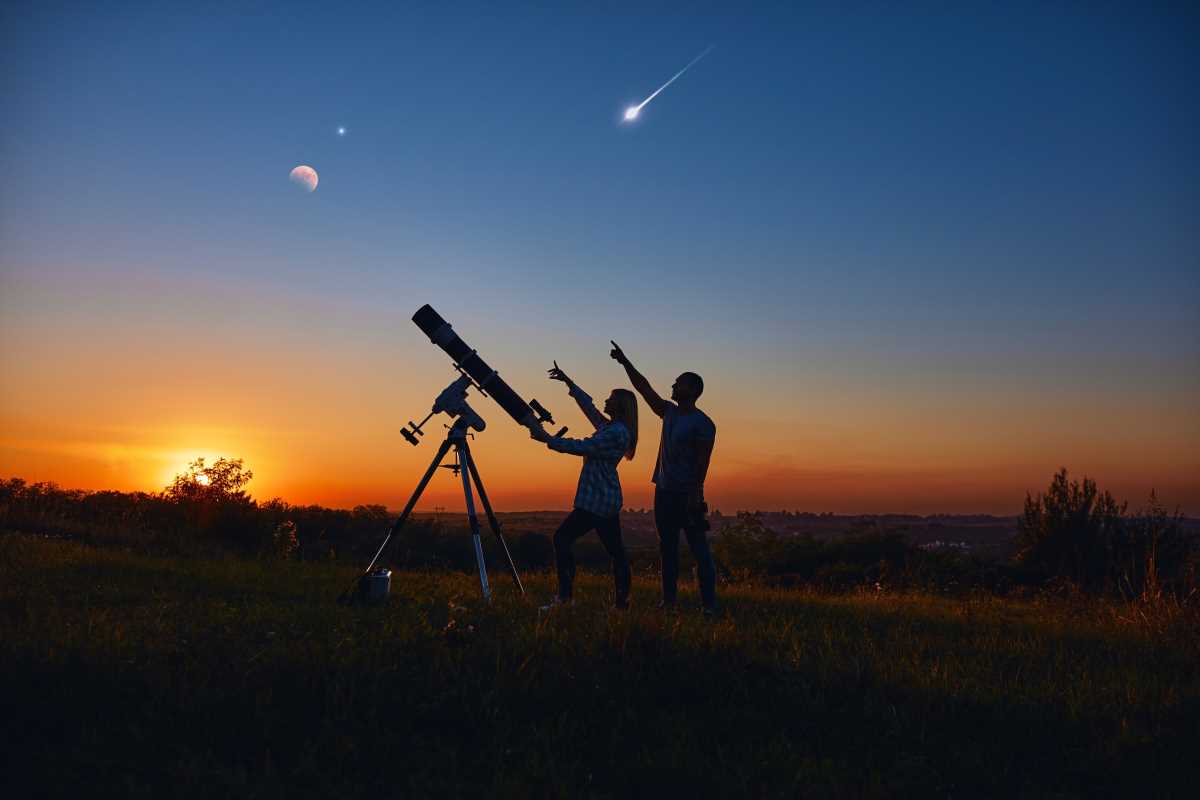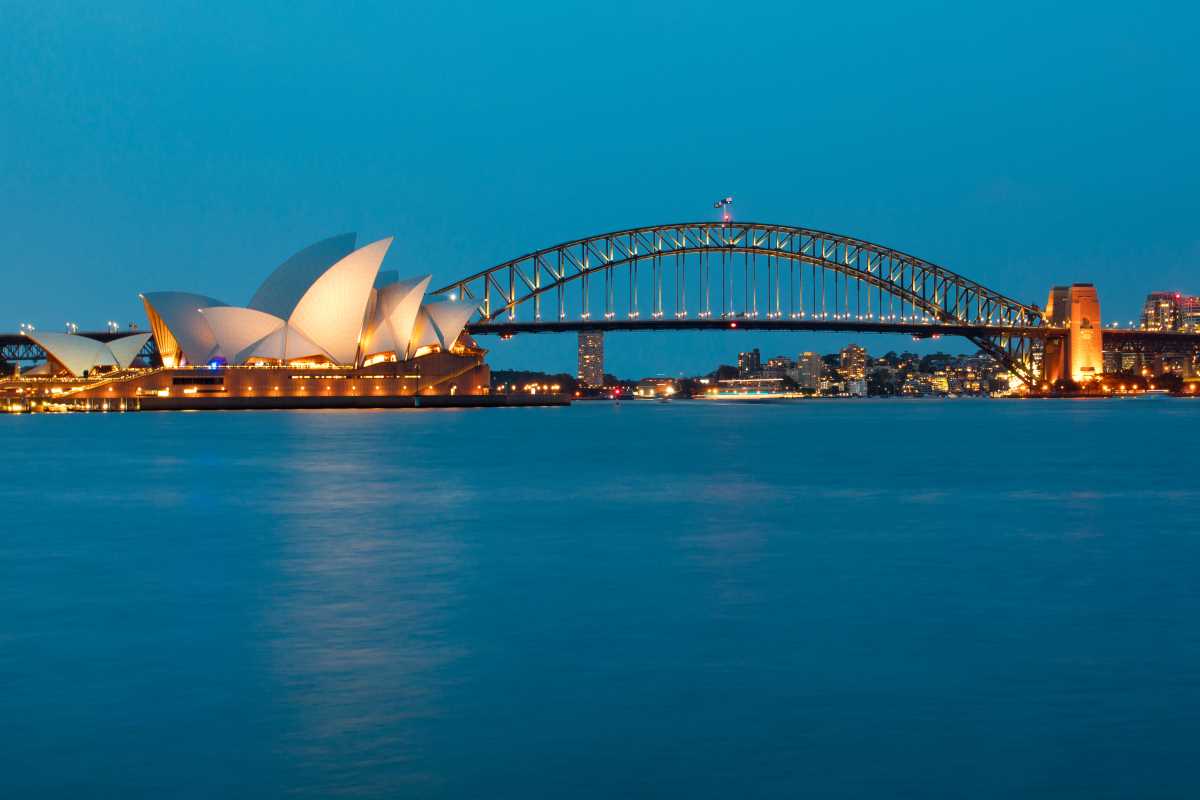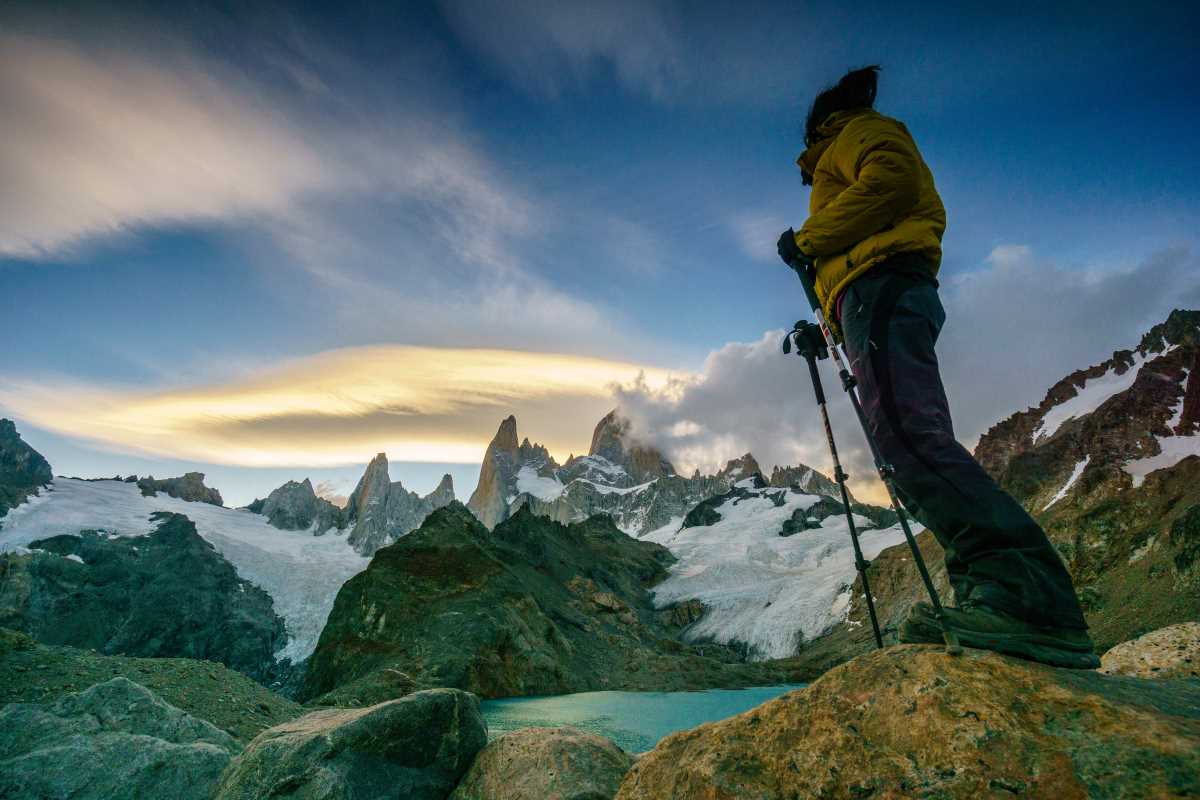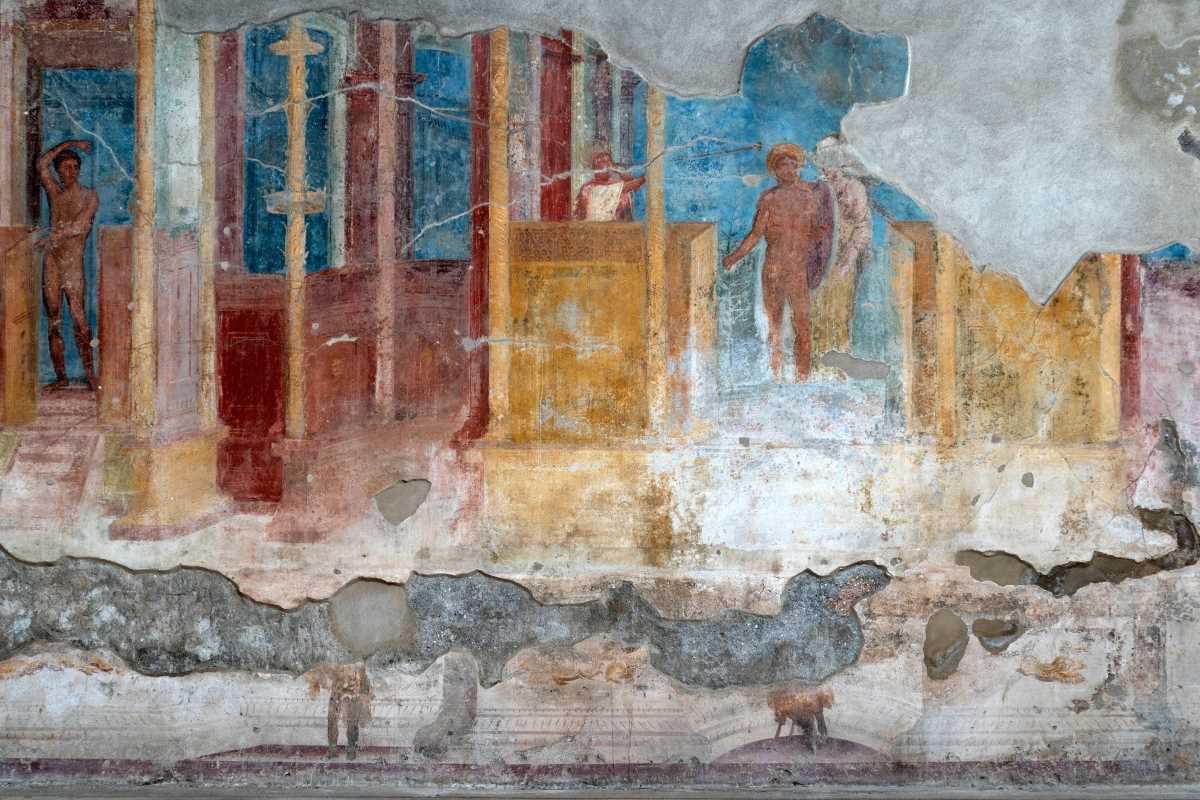Have you ever looked up at the night sky from a major city and only been able to spot a handful of stars? That’s because of light pollution, the glow from streetlights, buildings, and cars that washes out our view of the cosmos. More and more travelers are seeking an escape from this artificial twilight by heading to dark-sky destinations. This trend, known as astro-tourism, is all about finding pristine night skies to witness breathtaking celestial events. With a little planning, you can trade city haze for the shimmering band of the Milky Way, catch the spectacle of a meteor shower, or even see the magical dance of the Northern Lights.
What Makes a Great Dark-Sky Spot?
A true dark-sky destination is a place with minimal man-made light pollution, allowing the stars to shine in their full glory. Scientists and astronomers use the Bortle Scale, which ranks sky darkness from Class 1 (the darkest possible) to Class 9 (a city center). Astro-tourists aim for places in the Class 1 to 4 range. To make finding these spots easier, the International Dark-Sky Association officially certifies locations as International Dark Sky Parks, Reserves, and Sanctuaries. These designated areas are protected for their scientific, natural, and cultural value, and they make for perfect stargazing getaways.
Planning Your Celestial Adventure
Timing is everything in astro-tourism. The single most important factor to consider is the moon phase. A bright full moon acts like a giant natural streetlamp, washing out fainter stars and the Milky Way. Always plan your trip around the New Moon phase for the darkest possible skies. Next, check celestial calendars. The Milky Way core is most visible in the Northern Hemisphere during the summer months, while certain constellations are prominent in different seasons. Events like the Perseid meteor shower in August or the Geminids in December offer guaranteed celestial fireworks if you plan for their peak dates. For aurora hunters, apps and websites provide real-time forecasts of geomagnetic activity.
Gearing Up for the Night
You don't need a professional telescope to enjoy the night sky, but a few key pieces of gear will make your experience much better. Dress in warm layers, even in the desert, as temperatures can drop significantly after sunset. A red-light headlamp is essential; red light preserves your night vision, unlike the harsh glare of a white light. A good pair of binoculars is a fantastic tool for beginners, offering amazing views of the moon's craters, star clusters, and the larger deep-sky objects. If you want to try astrophotography with your phone, a small, sturdy tripod is a must to keep your camera steady for the long exposures needed to capture the stars.
Types of Dark-Sky Destinations
Amazing night skies can be found in all sorts of landscapes. Deserts, like those in Utah or Chile, offer dry, clear air and vast, unobstructed views. Mountainous regions, such as the Rocky Mountains or the Alps, elevate you above the thickest parts of the atmosphere. Remote islands, like those in Hawaii or the Canary Islands, are surrounded by ocean, which buffers them from mainland light pollution. And of course, for those chasing the aurora, polar regions in Iceland, Norway, and Canada offer the ultimate theater for the northern and southern lights during their respective winter months.
Stargazing Etiquette and Safety
When you visit a dark-sky location, you're a guest in a fragile natural environment. Practice "Leave No Trace" principles by packing out everything you bring in. Be aware of local wildlife, as many animals are active at night. The most important rule of stargazing etiquette is to protect everyone's night vision. Arrive at your viewing spot before it gets completely dark, and use only red lights. Avoid using your phone's screen, and never shine a white flashlight toward other people or their equipment. A moment of white light can ruin someone's night vision for up to 30 minutes.
Beyond the Stars: Daytime Activities
Astro-tourism doesn't mean your fun ends when the sun comes up. The best dark-sky destinations are often located in stunning natural areas, perfect for daytime adventures. You can pair your nights of stargazing with days spent hiking through national parks, soaking in natural hot springs, or exploring local culture. Many of these places have rich histories of cultural astronomy, and you can often find tours or visitor centers that explain how ancient peoples used the stars for navigation and storytelling. This combination of day and night activities makes for a truly well-rounded and unforgettable trip.
 (Image via
(Image via





